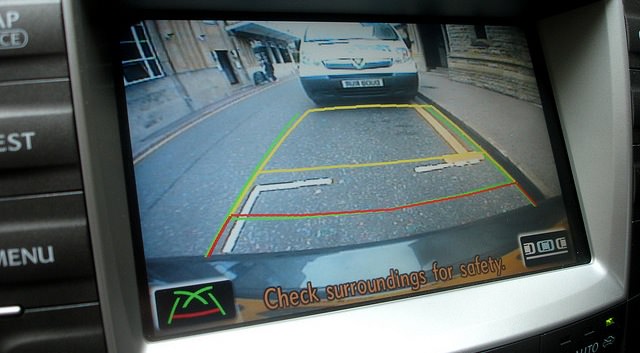Kristin Cavallari has amazing legs. They are on full display in a short red dress and ever present Christian Louboutin nude pumps as she makes her way down the red carpet.Toned and fit, her long legs are a sight to behold. Well done.



HOLLYWOOD, CA – FEBRUARY 08: Actress Kristin Cavallari attends the ‘This Means War’ Los Angeles premiere held at Grauman’s Chinese Theatre on February…


 NASA – A new study provides a possible explanation of mysterious X-ray flares detected by the Chandra K-ray Observatory for several years in the region of Sagittarius A*, or Sgr A**. The study suggests a cloud around Sgr A*, a supermassive black hole at the center of our Milky Way Galaxy, which contains hundreds of trillions of asteroids and comets that have been stripped from their parent stars. The flares occur when asteroids of six miles or larger in radius are consumed by the black hole. An asteroid that undergoes a close encounter with another object, such as a star or planet, can be thrown into an orbit headed towards Sgr A*. If the asteroid passes within about 100 million miles of the black hole, roughly the distance between the Earth and the sun, it is torn into pieces by the tidal forces from the black hole. These fragments would then be vaporized by friction as they pass through the hot, thin gas flowing onto Sgr A*, similar to a meteor heating up and glowing as it falls through Earth’s atmosphere. A flare is produced and eventually the remains of the asteroid are swallowed by the black hole. Image Credit: Illustrations: NASA/CXC/M.Weiss
NASA – A new study provides a possible explanation of mysterious X-ray flares detected by the Chandra K-ray Observatory for several years in the region of Sagittarius A*, or Sgr A**. The study suggests a cloud around Sgr A*, a supermassive black hole at the center of our Milky Way Galaxy, which contains hundreds of trillions of asteroids and comets that have been stripped from their parent stars. The flares occur when asteroids of six miles or larger in radius are consumed by the black hole. An asteroid that undergoes a close encounter with another object, such as a star or planet, can be thrown into an orbit headed towards Sgr A*. If the asteroid passes within about 100 million miles of the black hole, roughly the distance between the Earth and the sun, it is torn into pieces by the tidal forces from the black hole. These fragments would then be vaporized by friction as they pass through the hot, thin gas flowing onto Sgr A*, similar to a meteor heating up and glowing as it falls through Earth’s atmosphere. A flare is produced and eventually the remains of the asteroid are swallowed by the black hole. Image Credit: Illustrations: NASA/CXC/M.Weiss

 NASA – Vital clues about the devastating ends to the lives of massive stars can be found by studying the aftermath of their explosions. In its more than twelve years of science operations, NASA’s Chandra X-ray Observatory has studied many of these supernova remnants sprinkled across the galaxy.
NASA – Vital clues about the devastating ends to the lives of massive stars can be found by studying the aftermath of their explosions. In its more than twelve years of science operations, NASA’s Chandra X-ray Observatory has studied many of these supernova remnants sprinkled across the galaxy. NASA – Vital clues about the devastating ends to the lives of massive stars can be found by studying the aftermath of their explosions. In its more than twelve years of science operations, NASA’s Chandra X-ray Observatory has studied many of these supernova remnants sprinkled across the galaxy.
NASA – Vital clues about the devastating ends to the lives of massive stars can be found by studying the aftermath of their explosions. In its more than twelve years of science operations, NASA’s Chandra X-ray Observatory has studied many of these supernova remnants sprinkled across the galaxy.





